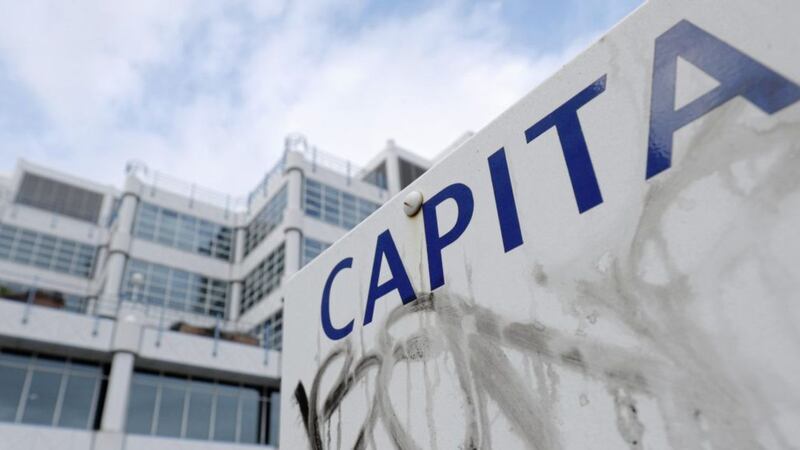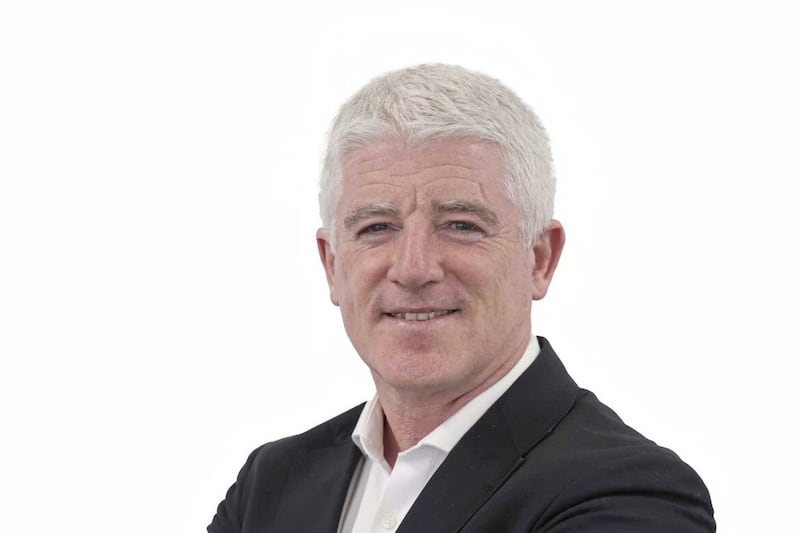WITH current cash ISA rates paying at best 2.15 per cent, investors struggle to do what’s best for their personal financial security. Most will need the ‘interest’ as income, but of course with inflation at 3.9 per cent (RPI), your real capital is falling at a rate of knots.
I recently mentioned the cost and impact of inflation on your money and looking back from 1988 to 2017, the Retail Price Index (RPI) would have increased by 161.96 per cent, the Bank of England base rate 317.4 per cent, Halifax Property Index 348.92 per cent and the FTSE All-Share 1216.35 per cent, giving over 1000 per cent extra spending power over the RPI.
Investors are then lured with higher dividend headlines to make the best returns, but sometimes without realising the risks involved. It's only when the tide has gone out that poor investment products’ nakedness is shown, but for the weary investor, stood with a fig leaf to protect their day to day living, it’s too late.
Many an investor has talked to me about buying investments with a high dividend yield, often stating that in ‘x’ years they will have their money back – that’s like stating each blindfold walk across a main road as a statistic in your favour.
Chasing high dividends without careful research is very dangerous indeed and be careful where you read your data. The Motley Fool website states in their column that Capita have ‘immense potential’ and, in what looks like nothing more than a paid advert, states you should look for ‘consistency … where current dividend pay outs are sustainable … is generating strong cashflow … and has a strong balance sheet’, and they are ‘confident about the safety of its income prospects’. Splash!
Promoting its 6.7 per cent dividend yield in an article written in December 2017, investors into this have found themselves dumped naked on the beachfront with share prices having dropped nearly 87 per cent from their high in mid 2015 and dividends ceased on January 31.
If anything highlights the cost of chasing big waves and not understanding tides, this would be it. So what were the obvious signs?
Well firstly, the headline rate offered is calculated by looking at the current yield offered and dividing by the share price. If a share price has fallen and a dividend hasn’t been adjusted, the number will look favourably high (ie share price at £100 and dividend £5 equals 5 per cent. Share price drops to £50 and dividend hasn’t been readjusted so still £5, equals 10 per cent (or twaddle, as I might call it).
Another sign is to look at the dividend cover rate of a share. This looks at the relationship between the share price of a company and its dividend payout. If a share has a cover rate of one or less, you might be best away from it as the company is using most, or all of its profits, to create your dividend, and so could be vulnerable. Aiming for higher than two would be sensible. Capita’s cover rate was 0.18, making it a tsunami siren.
So looking forward what are the risks? The top ten dividends from the FTSE 100 are forecasted to give half the total payouts for 2018. If that doesn’t scream bubble at you, buy a wetsuit.
Moreover, the cover rates of the top ten, average just 1.37 x with BP at 0.99.
If you are covered at 10 x, some really bad stuff has to happen to worry you, but at 1, or close to it, it’s scary stuff. Naturally, a company with a low dividend cover rate doesn’t automatically mean you sell it, but it will tell you where to look quickly to ascertain your swimming choice.
And so, investors tend to use an income fund to spread their risk, but caveat emptor still applies. These funds are chasing the best yields so they can remain inside their relative index. If they failed to achieve 90 per cent of the dividend yield of that index in any one-year period, their fund would be removed from that index.
And so these multi-billion pound funds pile into a small concentrated selection of stocks, like surfers on the last wave of the day, inflating their overall stock price in time for a face plant.
Any strengthening of sterling weakens the dividend yield for this year for many FTSE100 companies, so at your peril, buy based upon historic data.
:: Peter McGahan is the owner of independent financial adviser Worldwide Financial Planning, which is authorised and regulated by the Financial Conduct Authority. If you have a question on income producing investments please call Darren McKeever on 028 6863 2692, email dmckeever@wwfp.net or visit us on www.wwfp.net. Follow us on Twitter: @WorldwideFP







